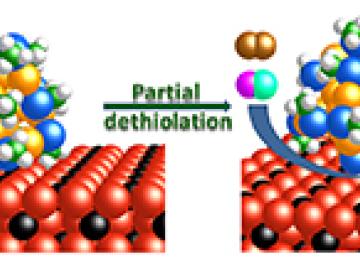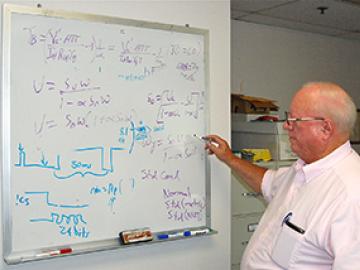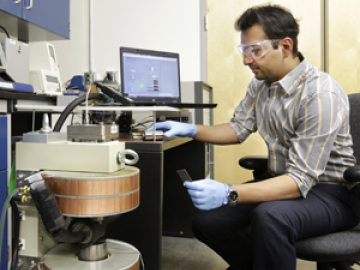
Updated software improves slicing for large-format 3D printing





The American Conference on Neutron Scattering returned to Knoxville this week, 12 years after its inaugural meeting there in 2002.



Researchers at the Department of Energy’s Oak Ridge National Laboratory have developed a new and unconventional battery chemistry aimed at producing batteries that last longer than previously thought possible.

Treating cadmium-telluride (CdTe) solar cell materials with cadmium-chloride improves their efficiency, but researchers have not fully understood why.


